As an Amazon Associate I earn from qualifying purchases.
Whether you’re a thrift-store-lover or a parent (or both in our case) you’ve probably had the experience of turning over a random stuffed animal and finding out that its been puked on.
Or sucked on, snotted on, pooped on, drawn on, and everything in between.
So what to do? Burn it with fire? Throw it away? Pretend you didn’t see the crust and put it back on the shelf?
Since reselling thrifted plush on eBay is one of the things that puts bread on our table we can really afford to just put it back on the shelf. Which leaves us with learning how to remove the encrusted grime.
However, washing stuffed animals (or any sort of plush toys) can be a tricky business. Should you use a regular washer? Regular soap? Can stuffed animals be dried?
Well, luckily we’ve washed a hundred or more stuffed animals over the years and we’re here to share our secrets. Let’s get started!
Washing Stuffed Animals In 3 Steps
**Before undertaking this endeavor be aware that washing will make an animal clean….but not new. Washing too often can wear on the edges and shape of the animal. But if you’re not scared: onward!
1. Washing Prep
I hate to sound overly cautious but the prep you do before actually washing your plush will be the largest deciding factor in how it turns out. Mess this part up and you may just end up with a piece of matted fluff with stuffing hanging out.
There are three things to do before washing your patient:
- Check Any Labels. Many labels contain care instructions for washing directly from the manufacturer so you don’t even need us. While most stuffed animals that say “dry clean only” can still be washed you’ll be proceeding at your own risk.
- Color Test A Small Spot. Stuffed animals aren’t color-dyed with the same level of care or consistency as clothing. This means that, if you’re stuffed animal is a fun color it’s totally possible that it will lose color while washing. To ensure colors won’t run, dab a small amount of water (and mild detergent if you plan to use it) on a hidden-ish part of the toy to test for colorfastness.
- Surface Clean First. You’ll want to scrape off any easy-to-remove stuff before you get to washing in earnest. Use a soft-bristled brush to gently brush away any loose dirt or debris. For spot cleaning, I typically use a damp cloth with a small amount of mild detergent to treat the problem areas.
2. Washing Your Stuffed Animal or Plush Toy
Now, there are two ways to clean your victim. One is a bit more daring than the other.
If you’re washing something fragile or sentimental you might want to skip over this section and try hand washing. However, most plushies will be just fine in the washing machine if you follow a few guidelines.
Do Not Wash Your Animals In The Washing Machine If:
They are very old or fragile.
They have glued-on accessories or decorations such as sequins, purses, etc. Glued-on eyes are probably fine.
They have small foam balls inside (think Beanie Babies).
Washing Machine
First off, inspect the stuffed animal to make sure it is free of rips, fragile add-ons, etc. If your washing machine has an agitator, consider heading to the laundromat. You’ll have much better luck washing stuffed animals in a machine without an agitator as it beats them into odd shapes.
After determining your stuffed animal can be washed, place it in a mesh laundry bag. The mesh bag gives it an extra level of protection from snagging or being pummeled too much in the machine. If you don’t have a bag and want a quick fix, you can also put the stuffed animal inside a pillowcase.
Flip the machine to cold and gentle/delicate cycle. Stuffed animals are tender little guys and just can’t handle anything more aggressive! If you’re feeling adventurous, you can use a warm wash but avoid hot like the plague. Hot water can dissolve glue!
And that’s all there is to it!
Hand Washing
If you don’t want to risk the washing machine (or just don’t have one) don’t worry, you can still get your plush toys clean.
The method is very similar to using a washing machine, you’re just using a sink and hand instead of a washing machine.
- Fill a Sink or Basin. Fill a sink or basin with cool water (you can add a mild detergent if you wish). A I mentioned above, avoid using hot water as it can damage the glue or soften plastic elements.
- Submerge and Soak. Gently submerge the stuffed animal into the water and let it soak for 10-15 minutes. Set-in stains may take a little longer but toys aren’t meant to stay in water overnight or anything.
- Clean Gently. Pretty simple here…give the animal a bath.
- Rinse Thoroughly. Drain the soapy water and rinse the stuffed animal with cool, clean water until all the soap is gone. You might have to rinse your toy several times to get all of the soap out of the crevices and stuffing.
- Squeeze Out Water. Gently squeeze out as much water as you can. Avoid twisting or wringing the stuffed animal, which can distort its shape.
If your animal isn’t clean, you can always repeat the steps and get it a bit cleaner each time.
If it came clean, though, let’s move on to drying!
3. Drying
While drying isn’t quite as nerve-wracking as washing, you’ll want to be thorough (to avoid mold) without being too aggressive (tearing or lumping up the stuffed animal).
Here’s the routine we go through to make sure it’s as dry as possible.
- Squeeze Gently. After hand washing, gently squeeze out excess water. Do not twist or wring it as it’ll be too damaging.
- Towel Roll. Roll the toy in a clean, dry towel and press down to absorb water.
- Air Dry Lay the stuffed animal flat in a warm area with good airflow. Turn it over periodically to ensure all sides dry evenly.
You’ll want to avoid the temptation of putting your toy in sunlight to force-dry it faster as it will likely end up fading (ask me how I know). Instead, choose a shaded but well-ventilated area.
Once it is dry, don’t worry if it’s not quite perfectly shaped. You can reshape your toy a bit and use your finger to fluff it up again.
A Few Other Tips
Hopefully your stuffed animal or plush is fully clean and ready to go! There are a few more tips I guess I should include here even though most of them seem like common sense.
- Avoid Harsh Chemicals. Don’t use bleach or fabric softeners, which can damage the fabric or affect the softness of the toy (not in a good way).
- Frequent Light Cleaning. To minimize the need for deep cleaning, frequently wipe off or dust your stuffed animals and plush toys. I will use a vacuum or lint roller to make sure I get the extra little bits of grime.
- Protect Your Toy From Dust. Dust is a huge killer of plush toys, especially when it gets into the fluff and starts breaking it down.
At the end of the day, cleaning stuffed animals or plush toys really isn’t something to be afraid of! Just jump in, be cautious, and it’s pretty hard to mess things up. Just don’t blame me if you do…
Oh and if you get really good at cleaning stuffed animals, consider selling them on eBay for a bit of extra cash. It’s worth it, I promise!

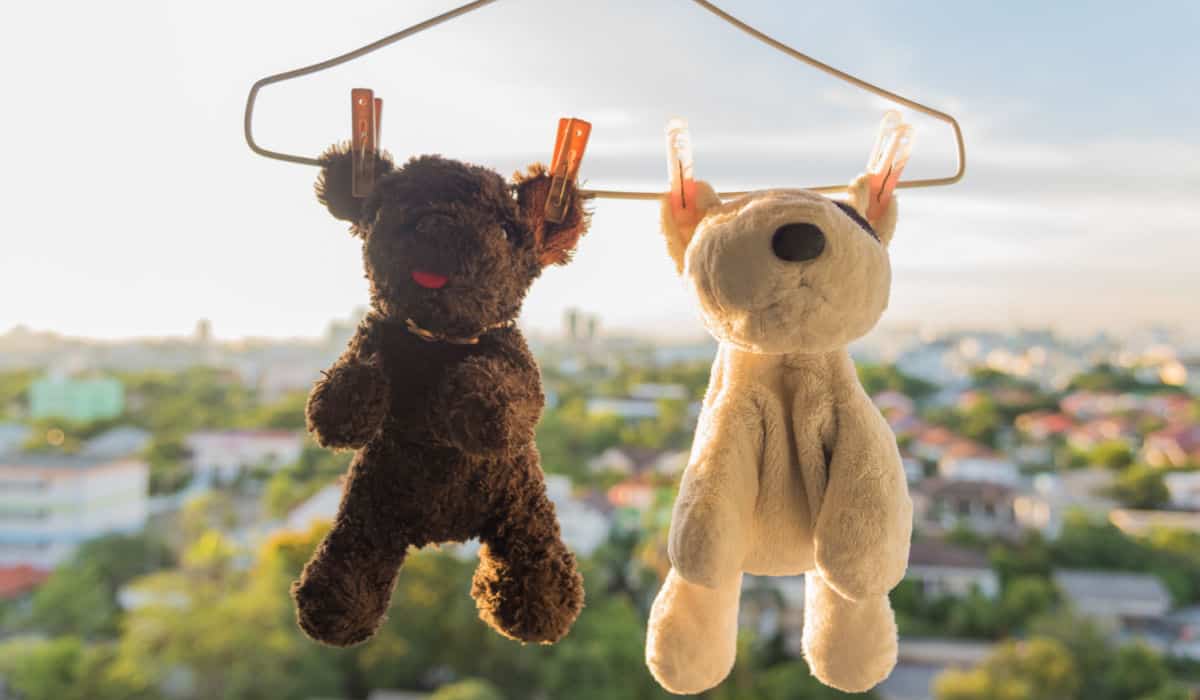

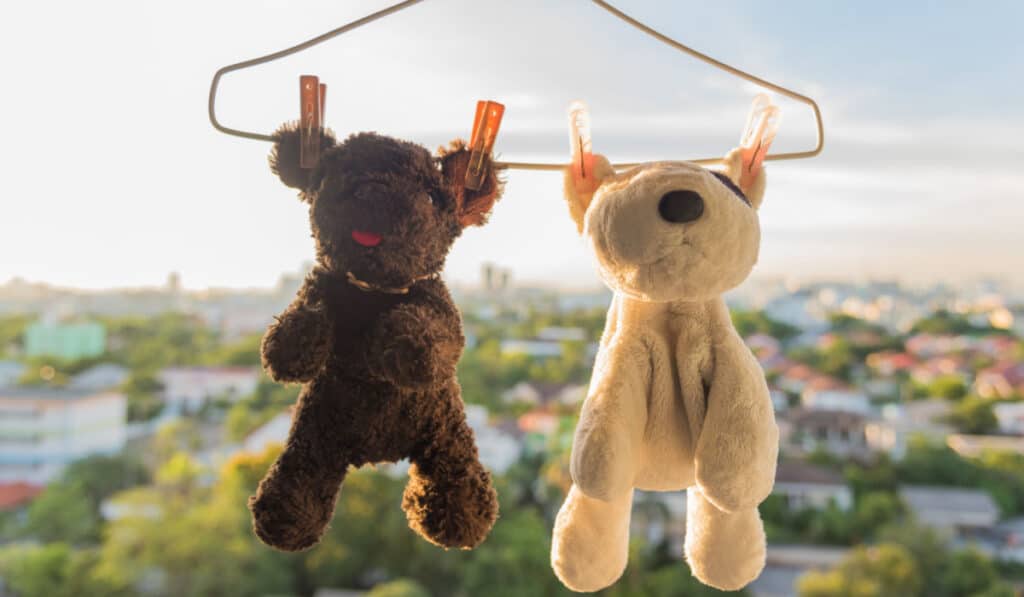
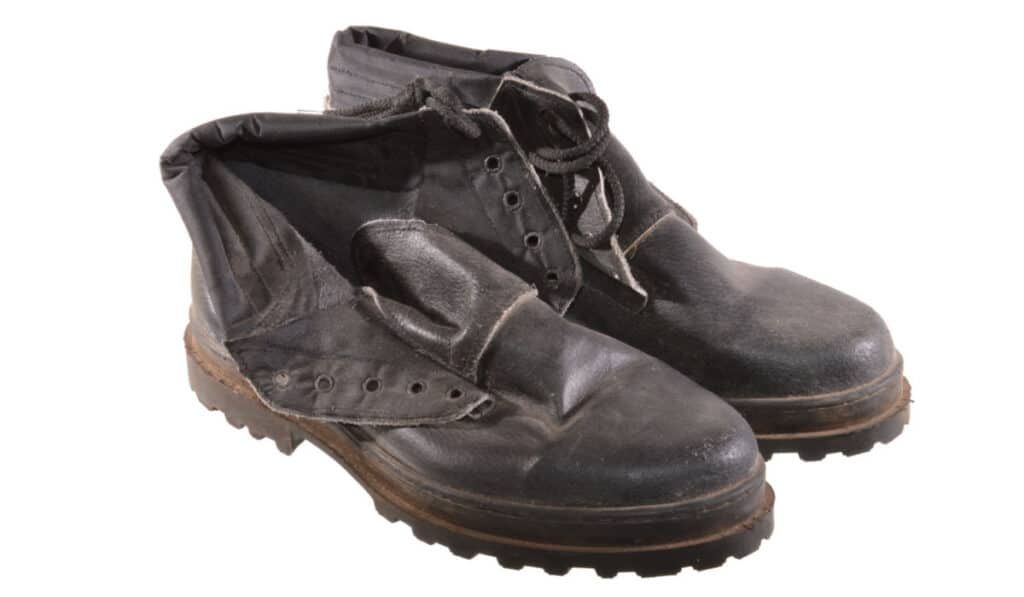

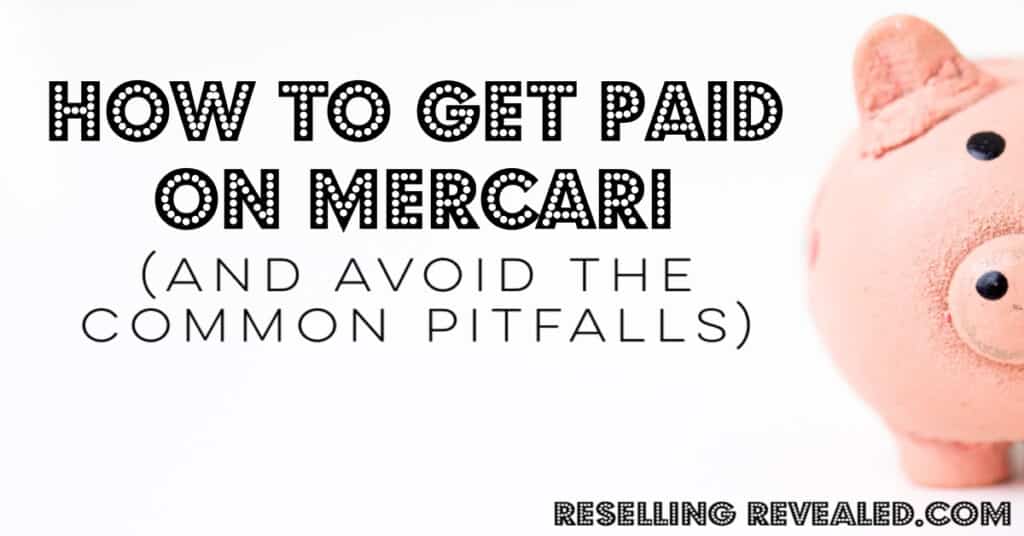
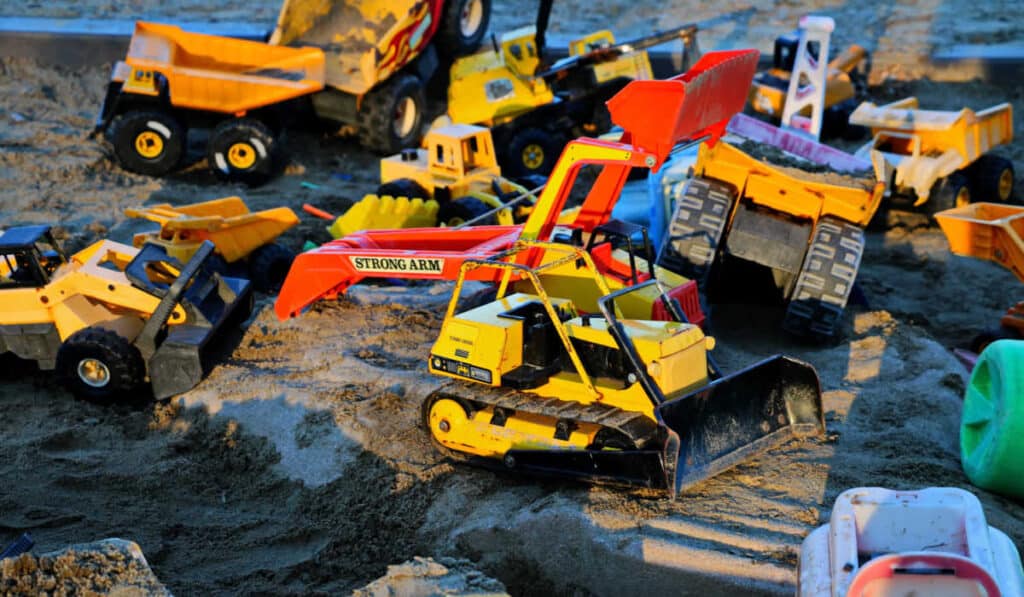
Comments are closed.